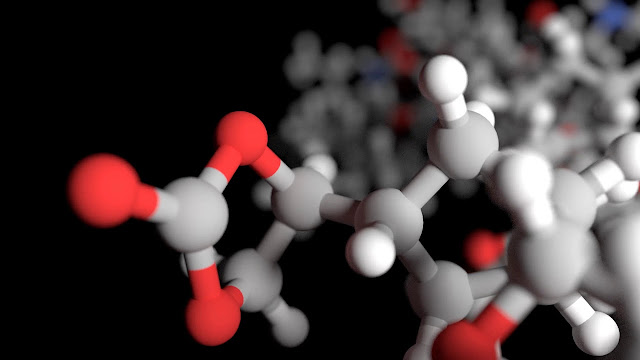Polybutadiene - The Versatile Synthetic Rubber
 |
| Polybutadiene |
Introduction
Polybutadiene, commonly known as 'butadiene rubber' or BR, is a synthetic rubber
produced through the polymerization of the monomer 1,3-butadiene. It is a
polymer with excellent mechanical properties and finds uses across diverse
industries. In this article, we will explore the production process,
properties, applications and future prospects of polybutadiene.
Production Process
Polybutadiene is produced through a process known as 'solution polymerization'.
In this process, 1,3-butadiene monomer is dissolved in an organic solvent like
hexane or heptane in the presence of an initiator and then polymerized at high
temperatures between 60-90°C. Common initiators used are organic peroxides or
azo compounds which help in kicking off the radical polymerization reaction.
The reaction generates high molecular weight polybutadiene polymer chains
within a short span of 3-4 hours. After polymerization, the solvent is removed
through evaporation leaving behind a pale yellow to off-white colored synthetic
rubber. The properties and structure of polybutadiene can be tailored by
controlling reaction parameters like temperature, choice of solvent, type of
initiator etc.
Properties
Polybutadiene has excellent mechanical properties like flexibility, tensile
strength, abrasion and tear resistance which make it suitable for various
applications. Its properties can be broadly categorized as:
- Elasticity: High elongation at break of over 500% enables high flex
resistance and comfort.
- Toughness: Above average impact strength and tear resistance enables use in
tires and other products requiring durability.
- Temperature Resistance: It has a service temperature range of -50°C to +80°C
making it ideal for applications across climatic conditions.
- Aging Resistance: Slow rate of oxidative aging helps preserve its properties
over long term use.
- Chemistry: The double bonds in its structure allows for vulcanization and
functionalization reactions to tailor its properties.
The microstructure and hence properties of polybutadiene depend on the
cis-trans ratio of the double bonds along the polymer chain. Industrial grades
typically have a cis content between 80-98%.
Applications
Owing to its versatile mechanical properties, polybutadiene finds diverse
applications ranging from tires, footwear to adhesives and construction. Some
key applications are:
Tires - As tire tread and sidewall material, Polybutadiene
provides cushioning, wear resistance and
flex durability important for tires. Around 65% of BR produced worldwide goes
into tire manufacturing.
Footwear - Used in shoe soles and heels, it provides cushioning and flexibility
vital for comfort in footwear.
Industrial Rubber Products - Hoses, belts, gaskets, seals utilize its ability
to withstand vibration and flex fatigue over extended use.
Adhesives - Its adhering properties make it useful in contact adhesives,
sealants and emulsion adhesives.
Sports Goods - In articles like bowling balls, sports mats etc where resiliency
and toughness are key.
Modification and Future
Traditional polybutadiene can be further modified to introduce improved
properties. Some notable modified variants are:
- High Cis Polybutadiene - Increased cis content above 95% provides enhanced
strength and hardness for specialized tire compounds.
- Butyl Rubber - Copolymerization with 15-45% isobutylene introduces improved
air retention for innerliners in tubeless tires.
- Acrylonitrile Butadiene Rubber (NBR) - Copolymer of acrylonitrile and
butadiene with oil and solvent resistance and strong adhesion.
With the increased focus on sustainability, new generation polybutadienes synthesized
from plant based bio-butadiene are also being researched which can reduce
fossil resource dependency. Continuous product innovation focusing on
reinforcement of properties, development of specialty grades and bio-based
variants will pave the way for polybutadiene rubber in the future.
Polybutadiene has established itself
as a dependable synthetic rubber owing to its ability to deliver performance at
economic costs. Versatile mechanical properties along with easy processability
have enabled it to effectively replace natural rubber in many applications.
Continuous efforts to further enhance its strengths and develop new specialty
variants will ensure it remains relevant in the rubber industry going forward.
Get
more insights, On Polybutadiene
Check
more trending articles related to this topic: Stem Cells
Market



Comments
Post a Comment